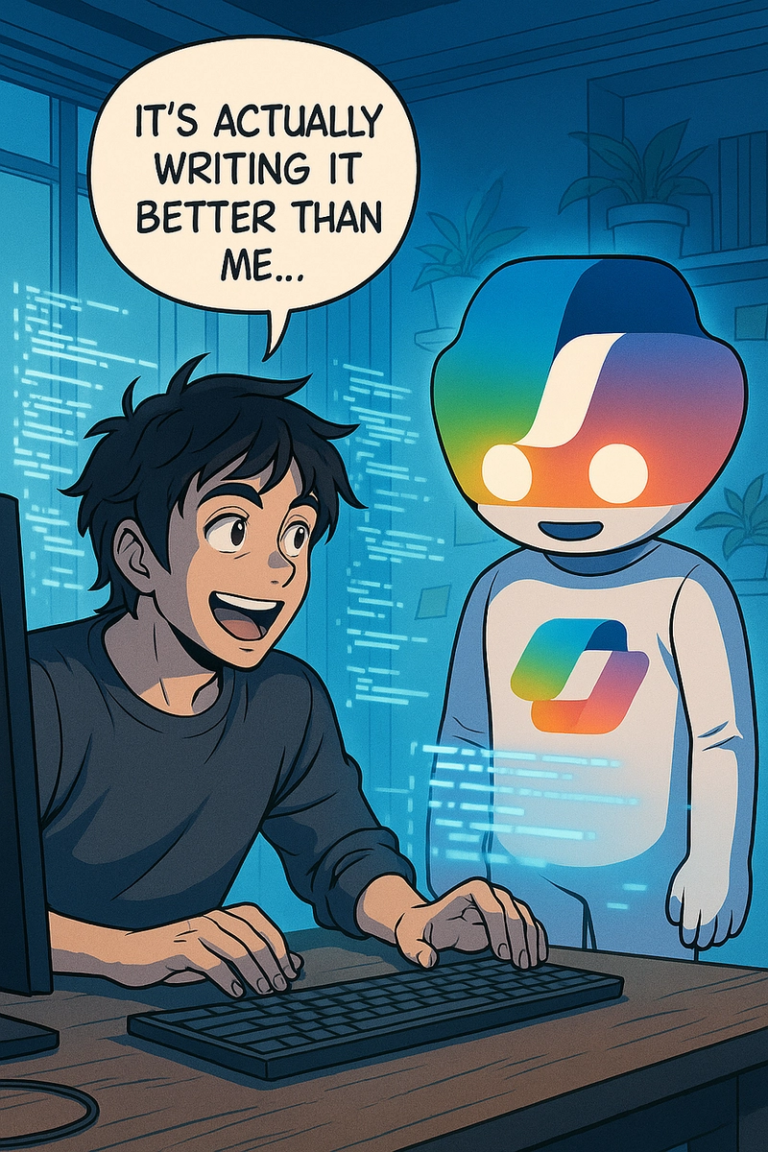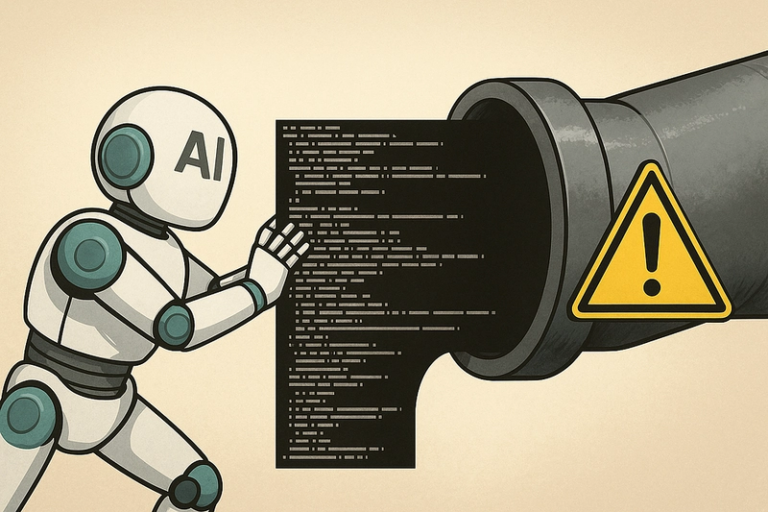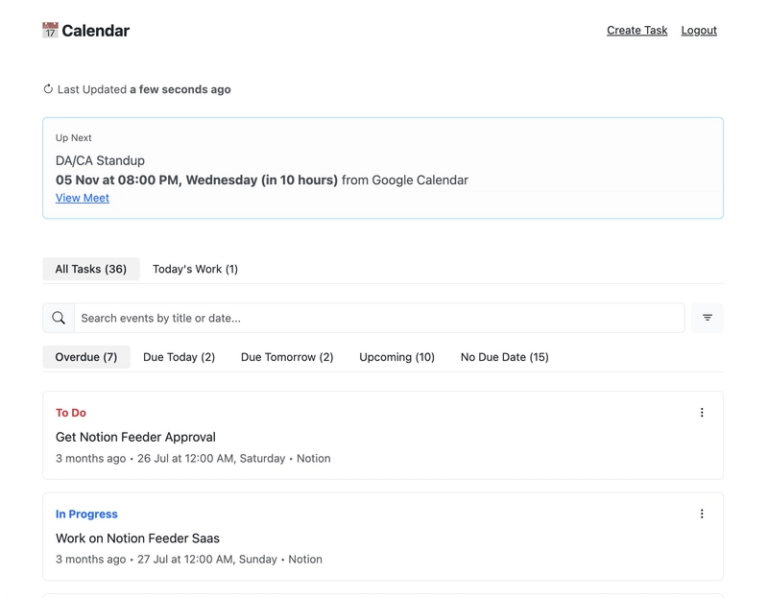The Age of Agency: why Agentic AI will redefine the future of work
We are in the midst of a Copernican shift in enterprise intelligence. We are no longer just automating or augmenting tasks – we are delegating intent. This is not just IT automation; it’s agency. And it’s changing everything…
In this new paradigm, Agentic AI doesn’t just support human workers – it collaborates with them, anticipates their needs and acts independently to drive outcomes. It marks a seismic shift in how we think about intelligence at work.
Agentic AI is about autonomous execution. It doesn’t wait for prompts. It plans, decides and acts—often without human intervention. This is not just a new toolset; it’s a new mindset.
Are we prepared to rethink how work is designed, how systems are integrated and how humans and machines co-evolve across the enterprise?
From prompt to purpose
Generative AI (GenAI) has captured the public imagination with its ability to generate text, images and code. But it is fundamentally reactive – dependent on human input to produce output. Agentic AI, by contrast, is proactive. It understands goals, decomposes them into tasks, orchestrates tools and adapts its strategy in real time. It’s the difference between a brilliant assistant and a self-directed colleague.
In 2025, forward-thinking enterprises are no longer choosing between GenAI and Agentic AI – they’re combining them. GenAI fuels ideation and content creation. Agentic AI delivers execution at scale.
The rise of the autonomous enterprise
Agentic AI is already transforming how businesses operate. In finance, agents autonomously monitor compliance, flag anomalies and initiate remediation workflows. In manufacturing, they optimize supply chains in real time. They can use the internet, make purchases and approve orders.
However, the real revolution is internal. Agentic AI will become the connective tissue of the enterprise – linking systems, surfacing insights and taking action across silos. It’s not just about doing more with less. It’s about doing what was previously impossible.
From process to possibility: Reinventing the enterprise core
Agentic AI isn’t just accelerating existing workflows – it’s reimagining them. In finance, autonomous agents now reconcile transactions in real time, detect anomalies before they escalate and dynamically adjust forecasting models based on live market signals. In HR, agents are transforming talent management by continuously scanning internal and external data to identify skill gaps, recommend personalized learning paths and even initiate retention interventions before attrition risks materialize.
Meanwhile, in Sales & Marketing, agents orchestrate hyper-personalized campaigns, adapt messaging based on behavioral signals and autonomously optimize pricing strategies across channels. These aren’t incremental improvements – they’re structural shifts that collapse cycle times, eliminate friction and unlock entirely new value pools. The result is a more fluid, responsive enterprise where strategy and execution are no longer separated by process drag.
Human + Agent: A new collaboration model
The fear that AI will replace humans misses the point. Agentic AI doesn’t eliminate human work—it elevates it. It frees professionals from the tyranny of the inbox and the spreadsheet, allowing them to focus on judgment, emotional intelligence and radical innovation.
Imagine an operations lead at a manufacturing firm working with an AI agent that monitors equipment health, predicts maintenance needs and autonomously adjusts production schedules to avoid downtime. Or a commercial strategist at an energy company whose agent tracks global commodity prices, models regulatory impacts and recommends contract renegotiations in real time.
These agents aren’t waiting for instructions – they’re anticipating change, acting on insight and reshaping how decisions are made. This isn’t science fiction – it’s already happening in the most forward-thinking enterprises.
Designing for Trust and Impact
To harness the full potential of Agentic AI, organisations must go beyond deployment. They must design for trust. That means:
- Transparent reasoning: Agents must explain their decisions in human terms.
- Ethical alignment: Agents must be trained on values, not just data.
- Human-in-the-loop governance: Autonomy must be bounded by accountability.
This is not just a technical challenge – it’s a leadership imperative.
The new literacy: Prompting, supervising, orchestrating
As Agentic AI becomes embedded in workflows, a new skillset is emerging. Prompt engineering is just the beginning. Professionals must learn to supervise agents, interpret their outputs and orchestrate multi-agent systems. This is the new digital fluency.
Business leaders, as well as HR and L&D, must act now to build these capabilities. The future belongs to those who can lead teams of humans and machines.
Conclusion: From intelligence to intent
Agentic AI is not just the next wave of automation. It’s a new form of intelligence – one that acts with intent. As we enter this new era, the question is not whether we will use Agentic AI, but how we will shape it to reflect our highest aspirations.
This article was produced as part of TechRadarPro’s Expert Insights channel where we feature the best and brightest minds in the technology industry today. The views expressed here are those of the author and are not necessarily those of TechRadarPro or Future plc. If you are interested in contributing find out more here: https://www.techradar.com/news/submit-your-story-to-techradar-pro



